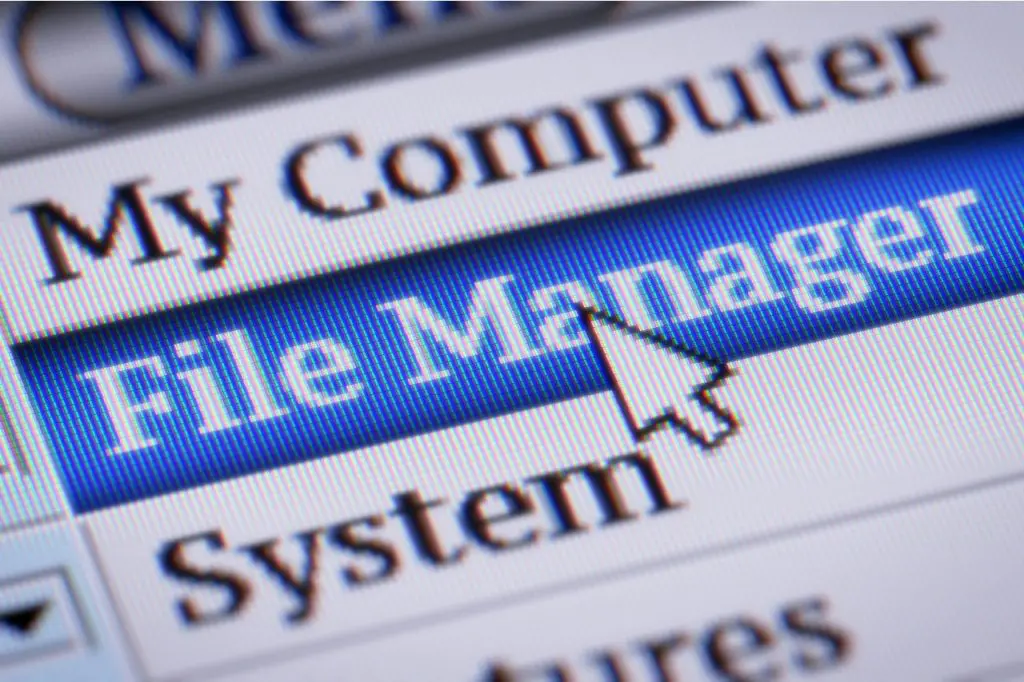An online document management system lets you access your documents anytime, anywhere. Whether your team is across the globe or working from home doesn’t matter. Everyone can access documents as if they were right in the main office.
Document retrieval simply means ensuring the correct documents reach the people who need them quickly and securely. Not every individual in your company should see all the documents you own. Especially when dealing with highly confidential files or adhering to firm government privacy laws, ensuring access to records is limited to those specifically required is crucial.
Table of Contents
What is Document Retrieval?
Document retrieval is the process of searching and pulling documents from a database or a cluster of documents. Legal firms usually use this strategy to make it easier to look for certain documents that they need.
There are several parts to this system that includes: document gathering, creating queries, indexing, and ranking. To do this, the system uses retrieval models and scoring strategies to make the search a lot faster. Feedbacks are also considered to make sure that the results stay consistent with every search.
However, doc retrieval goes beyond just fetching files. Rules and laws are being considered as well. These are properly checked using available databases and information sources.
Generally, the aim of a document retrieval system is to find the exact documents depending on a user’s specific queries and needs.

How Does Document Retrieval Work?
Document fetching systems have four main stages: document collection, querying, indexing and ranking, and retrieval. We’ll go through each step and provide more details.
Document collection
Document collection scans different sources that are available to gather or fetch documents. From text files to PDFs, these documents vary depending on a business or organization.
Querying
Next is sending a query. Think of keywords that are being entered into a search bar. The system will use these keywords to scan deep into the system to get you the documents that you need.
There are different ways to approach querying. Depending on the retrieval system in place, you need to adjust your keywords for the best results. For instance, you can use exact words or a special structured query language.
Indexing and ranking
Indexing is when the system organizes the documents based on what’s inside them. It’s like creating a map that helps with searches. It’s a key part of making the system quick and effective.
After that, the system ranks the documents according to their importance to the user’s query. There are many ways to do this—a Boolean Retrieval Model, a Vector Space Model, and a Probabilistic Model are just a few examples.
Retrieval
The system goes through all the indexed and ranked documents in the retrieval stage. It then shows the user the most relevant ones based on their search. The user ultimately sees this final list of documents.
The document retrieval process can sometimes involve understanding different laws in each area and utilizing specific databases and sources of information. Additionally, it requires the correct submission of forms. Today’s most advanced systems use machine learning methods, such as deep learning, to improve accuracy and efficiency.
Methods and technologies for document retrieval
As the world relies more on digitized data, there’s a growing demand to efficiently retrieve documents. Cutting-edge methodologies and technologies are now employed to extract relevant information quickly from a sea of data.
Machine learning techniques
Machine learning, especially deep learning, is extremely helpful in document fetching. These smart algorithms learn from previous searches to better guess what a user is looking for. They’re good at separating important documents from unimportant ones, even when a search isn’t very clear.
Query expansion techniques
Query expansion simply adds more words or phrases to a user’s search request. It can help get better results and find documents that may have been missed with just the original search phrase. It broadens the search and increases the chance of finding relevant documents.
RAG-based enhancement techniques
There are three strategies that Retrieval-Augmented Generation (RAG) applications utilize for improved document discovery. It includes Query Expansion, Cross-Encoder Re-ranking, and Embedding Adaptors. Cross-encoder re-ranking rearranges documents depending on how closely they match with a search. Embedding adaptors, on the other hand, use large pre-trained models to develop word associations for better search results.

Practical Applications of Document Retrieval
Getting to know doc retrieval may be enough, but it’s very important to dive deep into how it works. Here are some examples of how it’s being used.
Legal field
A document retrieval service is very handy in the law field because of the volume of documents generated consistently. Lawyers and paralegals can use it to find cases, government regulations, and other legal documents. This system makes their work more efficient by finding the exact document they need in an instant.
Medical sector
Healthcare workers and researchers deal with papers and patient records daily. Document fetching aids to find all the data needed easier to help diagnose and treat patients better.
Academic research
Document retrieval is a tool often used by researchers and students. It allows them to quickly locate and review numerous academic articles, aiding in collecting information for their studies.
Researchers and students also use document fetching whenever they deem necessary. It allows them to filter academic articles that are generally large in volume to help collect important information for their studies.
Business intelligence
Businesses generate a lot of data from researching the market and studying the competition. Document retrieval systems give them access to past documents that may be relevant to current market trends. Leaders and decision-makers can then be given insights to come up with a strategy they can use to have an advantage.
Library and archive services
Libraries and archives store documents, books, and writing, with more being added as time pass by. Using doc retrieval systems, workers will have it easier to gather materials to provide to people that need them. They can also use the system to neatly organize and sort these collections.
Optimizing Efficiency by Understanding Document Retrieval
Document retrieval improves operations of many sectors by offering a quick, precise, and organized system to look for certain information. This process combines human innovation and advanced technologies like machine learning and query expansion strategies.
In hindsight, the process itself may be simple, but there may be some hiccups along the way. Problems like incomplete results, repetitive information, and irrelevant data still exist to this day.
Regardless, the importance of having an efficient document retrieval system can’t be overstated. These sectors rely heavily on information accuracy to continue their operations smoothly.




